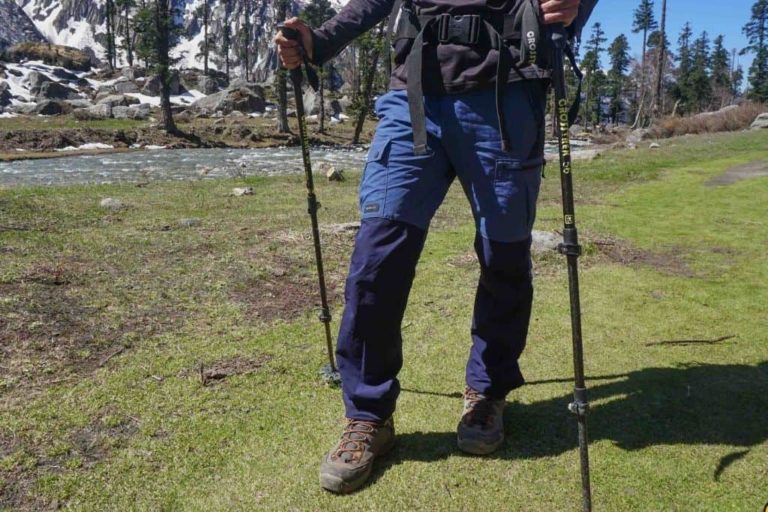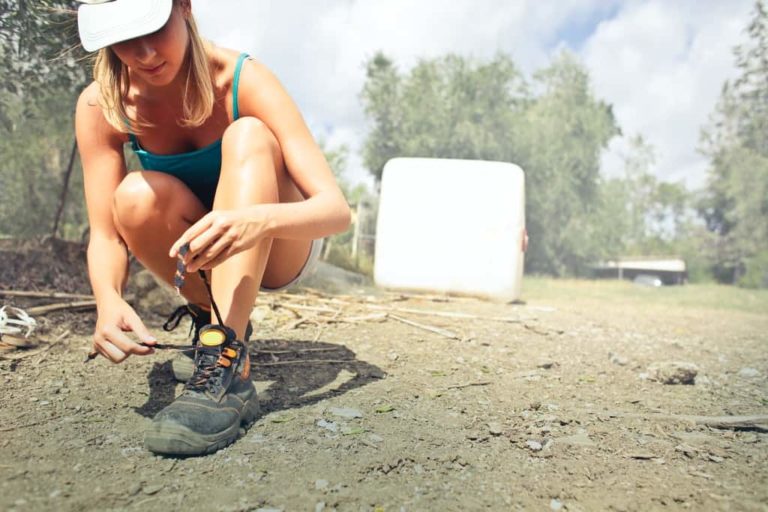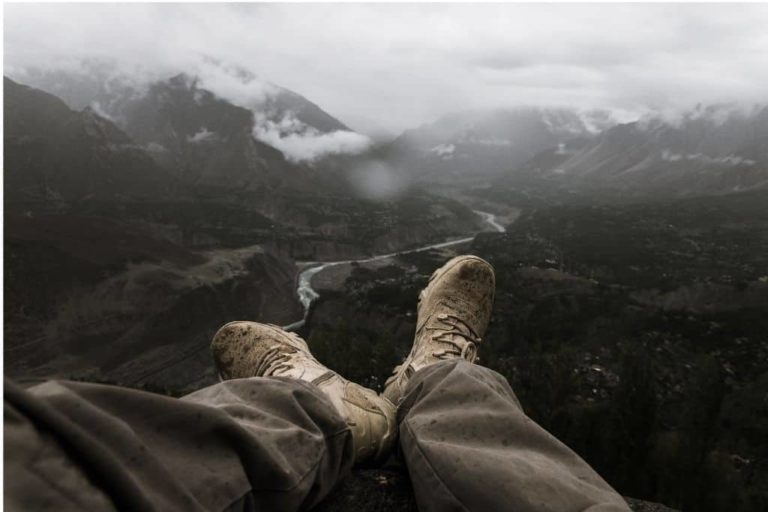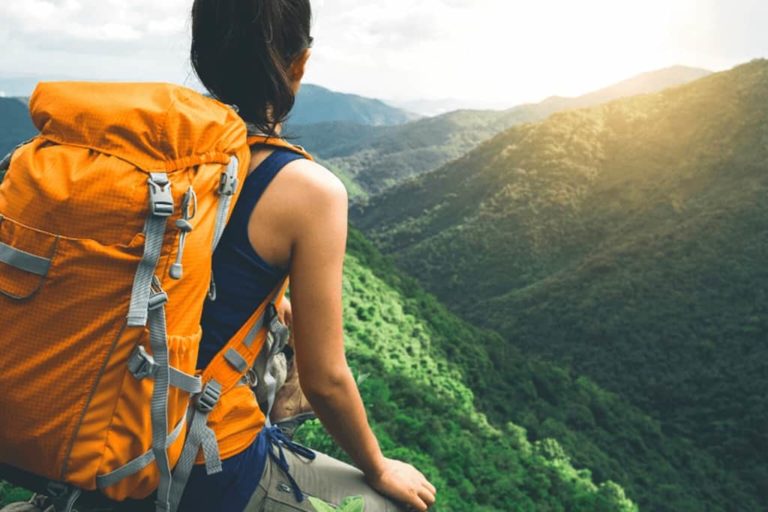Do I need travel insurance for trekking?
Travel insurance for trekking can be an invaluable asset to broaden your travel experience. If anything were to happen while you’re away, such as a serious illness, an accident, or the theft of your property; travel insurance could compensate you for much of the cost associated with your trip.
Travel trekking insurance is a particular type of insurance that will cover you if anything happens to prevent you from completing your adventure of a lifetime. As a traveler, you want to arrive at your destination with a sense of satisfaction that you will enjoy the trip of a lifetime without any mishaps occurring.
Read about the crucial safety tips for trekking in Nepal.
Getting insurance for trekking is a vital decision that has to be made, and there can be a lot of confusion about what to look for. A common misconception is that trekking insurance is only for people who are taking trekking trips. This is not the case. Most insurance companies offer trekking insurance as an optional add-on to your travel insurance plan.
Why need Travel Insurance for Trekking?
The reasons you need travel insurance for trekking are as follows:
1. Coverage of injuries and accidents
When trekking, you can get injured from falling or slipping. If you plan on trekking into the mountains, it is crucial to consider the risks you may face. Some of the risks that you may encounter are illness, injury, or accidental death.
Accidents are caused by precipitation, or falling from a cliff, or getting struck by a falling rock. The most common accidents are from slipping and falling on a wet or muddy trail.
It is the reason why it is vital to make sure that you have the proper insurance to cover you on your trek.
2. Severe events
There is a chance of a “severe event” as well. For example, you could get food poisoning and need to be evacuated from the country or say, you suffer an injury that prevents you from trekking further. The possibility exists that you may break your leg while running a steeplechase, or you may get an ear infection and be unable to complete the race.
3. Emergency evacuations and altitude sickness
Suppose you plan on trekking for a more extended period or traveling to areas that are rated as dangerous. For this, it is recommended that you get specialized insurance with extra benefits and cover.
What if your leg-breaks and you can’t walk out of the jungle? What if an ear infection has rendered you deaf and your hearing aids are at the bottom of your pack? What if you get altitude sickness high up in the mountains? Of course, we hope these scenarios never come to pass. But if they do, you can relax because you have travel insurance, and a helicopter ride will await.
4. Stolen Luggage
We all know that airport baggage handlers can be a little hasty and may damage your baggage. Sometimes, it may even get stolen on the way to the hotel depriving you of all your valuables. For this, you need travel insurance.
Theft is not a problem you want to encounter while traveling, especially while in the wilderness.
Some of the additional benefits of travel trekking insurance include altitude sickness and coverage for equipment hire. Such plans will also have a higher limit for the death of the trekker.
Types of Travel Insurance
It’s important to know what coverages you will need before purchasing travel insurance. The main types of insurance are:
- Trip Cancellation Insurance
It will compensate for the sum of pre-paid, non-refundable expenses such as airline tickets, cruises, trains, hotel charges, and more. It covers events before you commence your trip.
- Trip Interruption Insurance
It is similar to trip cancellation coverage; however, it covers you for a list of the reasons you have decided to include in your policy. It protects you from the events that occur after you leave home or during the trip.
- Medical Insurance
If you have a health insurance policy, check with your insurer on what kind of medical coverage they provide when traveling.
If they only provide primary coverage, you may want to buy secondary coverage to cover unusual expenses that your health insurance policy may not cover.
- Evacuation Insurance
Evacuation Insurance policies are needed, especially when you are trekking to higher altitudes. You may suffer from Altitude Sickness or may face injuries for which you may need an immediate evacuation. Thus, evacuation insurance offers helicopter services to bring you to a place of safety so that you can undergo medical treatment as soon as possible.
- Baggage and Personal Items Loss
It reimburses you for lost, damaged, or stolen baggage and personal items during your trip. It is not limited to flight-related activities only.
- Life Insurance
Life Insurance provides coverage on accidental death, air flight accidents, and common carrier, where you die traveling on any public transportation.
- Is Travel Protection also a type of insurance policy?
Travel protection is not an insurance policy. It is a form of trip cancellation coverage offered by the travel agency. It allows you to waive a cancellation fee in case you don’t make it to your trip. These are less costly than travel insurance.
Read about the top 20 best treks in the world and add one to your bucket list now.
Factors to Consider While Getting Travel Trekking Insurance
- Pre-existing medical conditions
One of the significant factors to consider when getting trekking insurance is your pre-existing medical conditions. If you have a pre-existing medical condition, then your insurance company may find out and deny your claim if this is not taken into account. Something that they might be looking out for is previous heart surgery or lung problems. These are some examples of conditions that the insurance company could deny.
- Fitness level
Another factor to consider when getting trekking insurance is your fitness level. If you are an average person with average health, then it is unlikely that you will be denied a policy. Still, suppose you consider some of the other factors mentioned above, such as pre-existing medical conditions and your fitness level. In that case, your insurance company must be able to assess this before offering you a policy.
- Already have a travel insurance policy?
If you already have travel insurance and want to add an extra item, it is possible to do this through most policies. If you are considering this, it is vital to check your policy for any extra charges. It means that you also need to check the premium for the additional insurance. Sometimes, it might be cheaper to pay the excess and then buy separate insurance for trekking.
- Level of risks
One of the vital things to consider when purchasing a trekking insurance policy is the level of risk that they take on. When comparing policies, please do some research on which level they will cover you. If you plan to go to a dangerous area, then you must increase the levels of coverage. These can help protect your life and help provide you with enough compensation if you are injured while on your trip. Your instinct might be to go for the cheapest policy, but this is not always the best option.
- Cheaper policies may not cover all the risks
Another thing to consider is that some cheaper options could have restrictions, but they do not have as many covers as other policies. It means that you have to be careful which policy you pick because you will not be as well protected as the others. It would help if you assured me that the cheaper policy will cover the trips you plan on.
What does the Travel Insurance not cover?
- Climbing where ropes are required
Climbing where ropes and other climbing equipment are required. As much as the physical exertion and fatigue of climbing need to be taken into account, altitude is also a consideration. At high altitudes, sickness can affect even strong and fit climbers.
- Gear left unattended
It is essential not to leave any gear or clothing behind when climbing or trekking. This includes fundamental items such as a hat, sunglasses, lip cream, suntan lotion, and a windproof jacket.
- Pre-existing medical conditions
As said before, travel insurance does not cover pre-existing medical conditions.
Some pre-existing medical conditions (e.g., cardiovascular disease, respiratory diseases, diabetes) can be aggravated by the physical exertion of being at altitude. If you doubt your medical condition, seek professional advice before traveling.
- Travel warnings already in the mass media
Research possible travel warnings and information on the destination country before you travel. Many countries will give this information online, but also check newspapers and reputable websites for further details.
- Altitude limit
Trekkers and Pregnant women should be careful of altitude as the lack of oxygen can severely impact their health. Some insurance companies do not have an altitude limit, while some, like 1300, have to limit at even 3000 feet.
You can compare a list of trekking insurance companies and their altitude limits here
If you plan a trekking trip and want to know if your current insurance will cover it, then it is a simple process. All you need to do is call a travel insurance company a give them the details of your trip. They will let you know what restrictions they have for specific activities and destinations. You will also need to explain what trips you are planning on going on.
The bottom line is yes, it is best if you get travel insurance for trekking.







